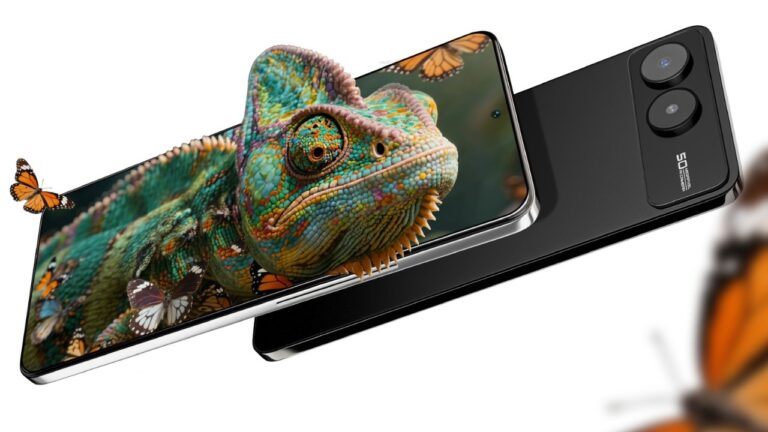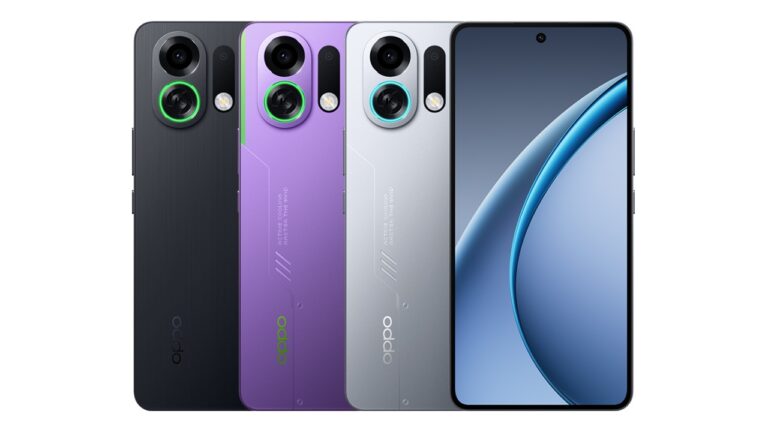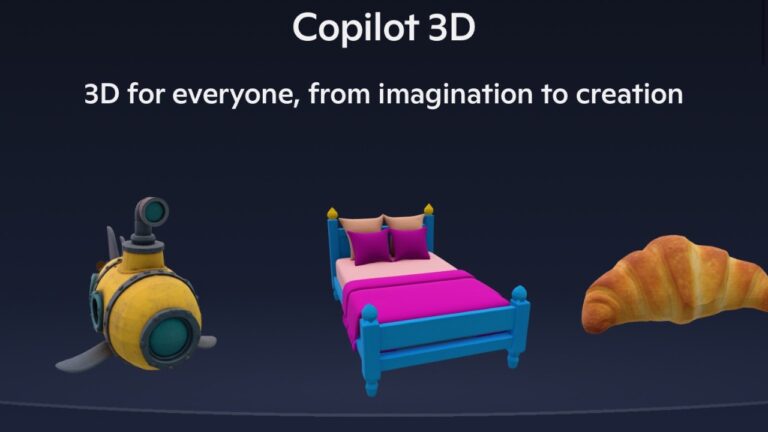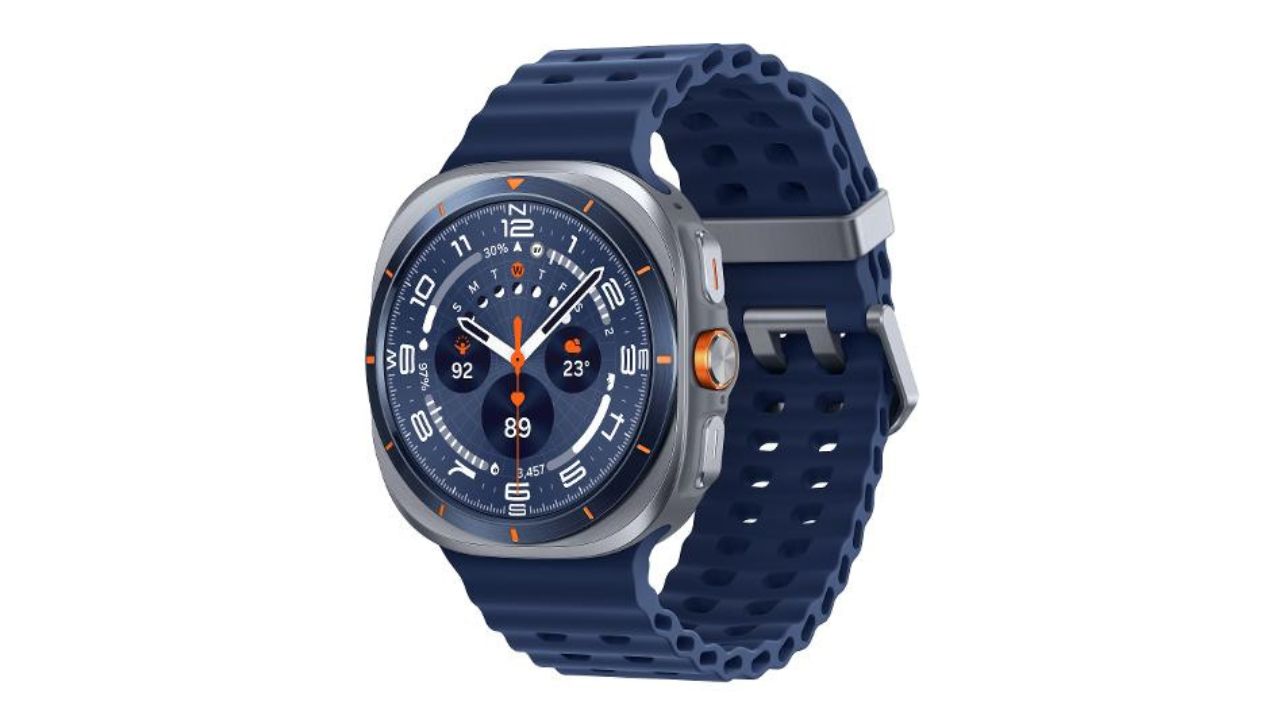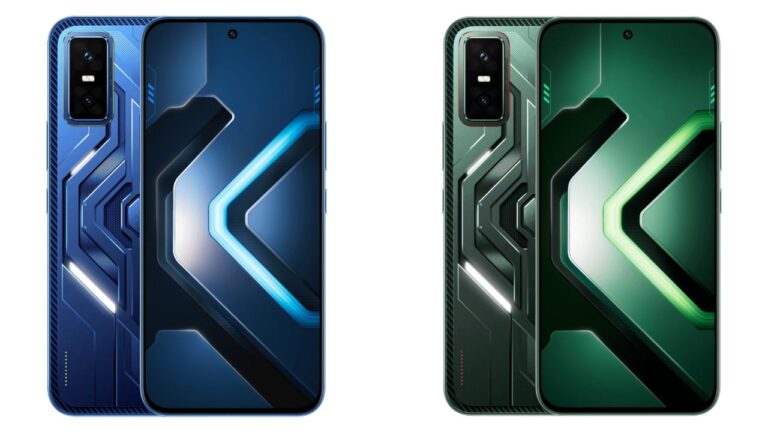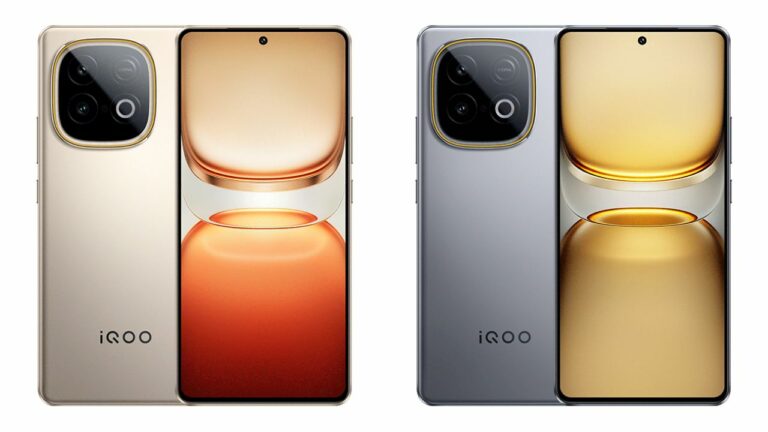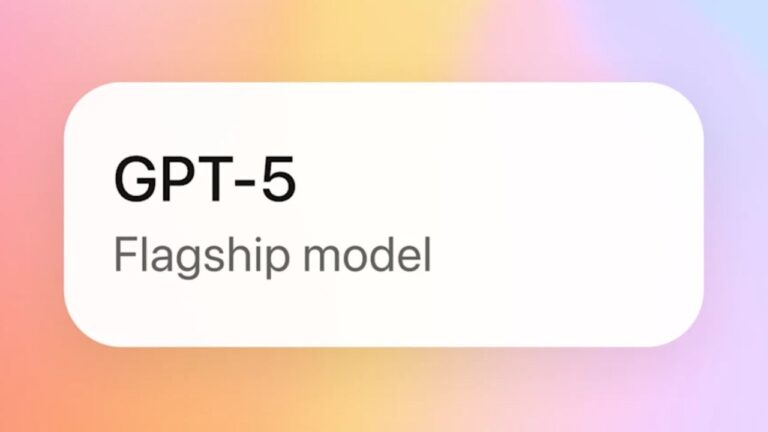OpenAI has announced the launch of GPT-5 for all its users as the company’s most advanced and capable model till date. “GPT‑5 is a significant leap in intelligence over all our previous models, featuring state-of-the-art performance across coding, math, writing, health, visual perception, and more,” said the company.
GPT-5: Availability
GPT‑5 is starting to roll out today to all Plus, Pro, Team, and Free users, with access for Enterprise and Edu coming in one week. Plus subscribers get more usage, and Pro subscribers get access to GPT‑5 pro, a version with extended reasoning for even more comprehensive and accurate answers, as per the company. Pro, Plus, and Team users can also start coding with GPT‑5 in the Codex CLI by signing in with ChatGPT.
GPT‑5 is the new default in ChatGPT, replacing GPT‑4o, OpenAI o3, OpenAI o4-mini, GPT‑4.1, and GPT‑4.5 for signed-in users. Just open ChatGPT and type your question; GPT‑5 handles the rest, applying reasoning automatically when the response would benefit from it. Paid users can still select “GPT‑5 Thinking” from the model picker, or type something like ‘think hard about this’ in the prompt to ensure reasoning is used when generating a response.
GPT-5: Everything to Know
According to a blog post, GPT-5 is being touted as a unified system by OpenAI that knows when to respond quickly and when to think longer to provide expert-level responses. It is a a smart, efficient model that answers most questions, a deeper reasoning model (GPT‑5 thinking) for harder problems, and a real‑time router that quickly decides which to use based on conversation type, complexity, tool needs, and your explicit intent (for example, if you say “think hard about this” in the prompt).
The router is continuously trained on real signals, including when users switch models, preference rates for responses, and measured correctness, improving over time. Once usage limits are reached, a mini version of each model handles remaining queries. In the near future, the company plans to integrate these capabilities into a single model.
OpenAI says that GPT‑5 not only outperforms previous models on benchmarks and answers questions more quickly, but—most importantly—is more useful for real-world queries. The company has made significant advances in reducing hallucinations, improving instruction following, and minimising sycophancy, while leveling up GPT‑5’s performance in three of ChatGPT’s most common uses: writing, coding, and health.
GPT-5 demonstrates notable advancements in complex front-end generation and debugging across large codebases. It can frequently produce visually appealing, responsive websites, apps, and games from a single prompt—translating ideas into functional, aesthetically refined interfaces with remarkable ease.
GPT‑5 is the most advanced writing partner OpenAI has developed to date, capable of shaping and refining rough ideas into compelling, resonant prose with literary nuance and rhythm. It handles structurally complex writing more reliably than previous models—whether sustaining unrhymed iambic pentameter or composing free verse with natural flow—demonstrating a balance between formal discipline and expressive clarity. These enhancements also translate to everyday use, making ChatGPT more effective for drafting and editing reports, emails, memos, and other practical writing tasks.
Read More: OpenAI Launches Study Mode in ChatGPT: What is it?
GPT‑5 marks a significant leap forward in health-related AI capabilities, offering users more informed, personalized support to better understand and advocate for their health. It outperforms previous models on HealthBench—a benchmark developed by OpenAI using realistic scenarios and physician-defined criteria—scoring significantly higher across key metrics.
Unlike earlier versions, GPT‑5 functions more like an active thought partner, proactively raising relevant concerns and asking clarifying questions to deliver more context-aware and useful responses. The model also offers improved precision, adapting its guidance based on a user’s location, knowledge level, and specific needs. While not a replacement for medical professionals, GPT‑5 is designed to help users interpret health information, prepare for conversations with providers, and make more informed decisions.
The model further shows improvements across a range of multimodal benchmarks, spanning visual, video-based, spatial, and scientific reasoning. Stronger multimodal performance means ChatGPT can reason more accurately over images and other non-text inputs—whether that’s interpreting a chart, summarising a photo of a presentation, or answering questions about a diagram.
Then, GPT‑5 is significantly less likely to hallucinate than OpenAI’s previous models. With web search enabled on anonymised prompts representative of ChatGPT production traffic, GPT‑5’s responses are ~45% less likely to contain a factual error than GPT‑4o, and when thinking, GPT‑5’s responses are ~80% less likely to contain a factual error than OpenAI o3, according to the company’s claims.
In addition to improved factual accuracy, GPT‑5 offers greater transparency in how it communicates its capabilities and limitations—particularly when faced with tasks that are impossible, underspecified, or lack the necessary tools.
“Overall, GPT‑5 is less effusively agreeable, uses fewer unnecessary emojis, and is more subtle and thoughtful in follow‑ups compared to GPT‑4o. It should feel less like “talking to AI” and more like chatting with a helpful friend with PhD‑level intelligence,” the company said.
GPT-5 Pro
For the most demanding and complex tasks, OpenAI is introducing GPT‑5 Pro, a successor to the o3‑pro variant, engineered to deliver the highest quality and most comprehensive responses. GPT‑5 Pro leverages extended, efficient parallel test-time compute, enabling deeper reasoning over longer durations. It leads the GPT‑5 family in performance across several advanced intelligence benchmarks, including achieving state-of-the-art results on GPQA, a dataset featuring exceptionally difficult science questions.
In evaluations of over 1,000 economically valuable, real-world reasoning prompts, external experts preferred GPT‑5 Pro over the “GPT‑5 Thinking” variant 67.8% of the time. It made 22% fewer major errors and consistently outperformed in domains such as health, science, mathematics, and programming. Experts praised its responses for being more relevant, useful, and comprehensive.



